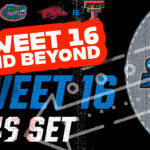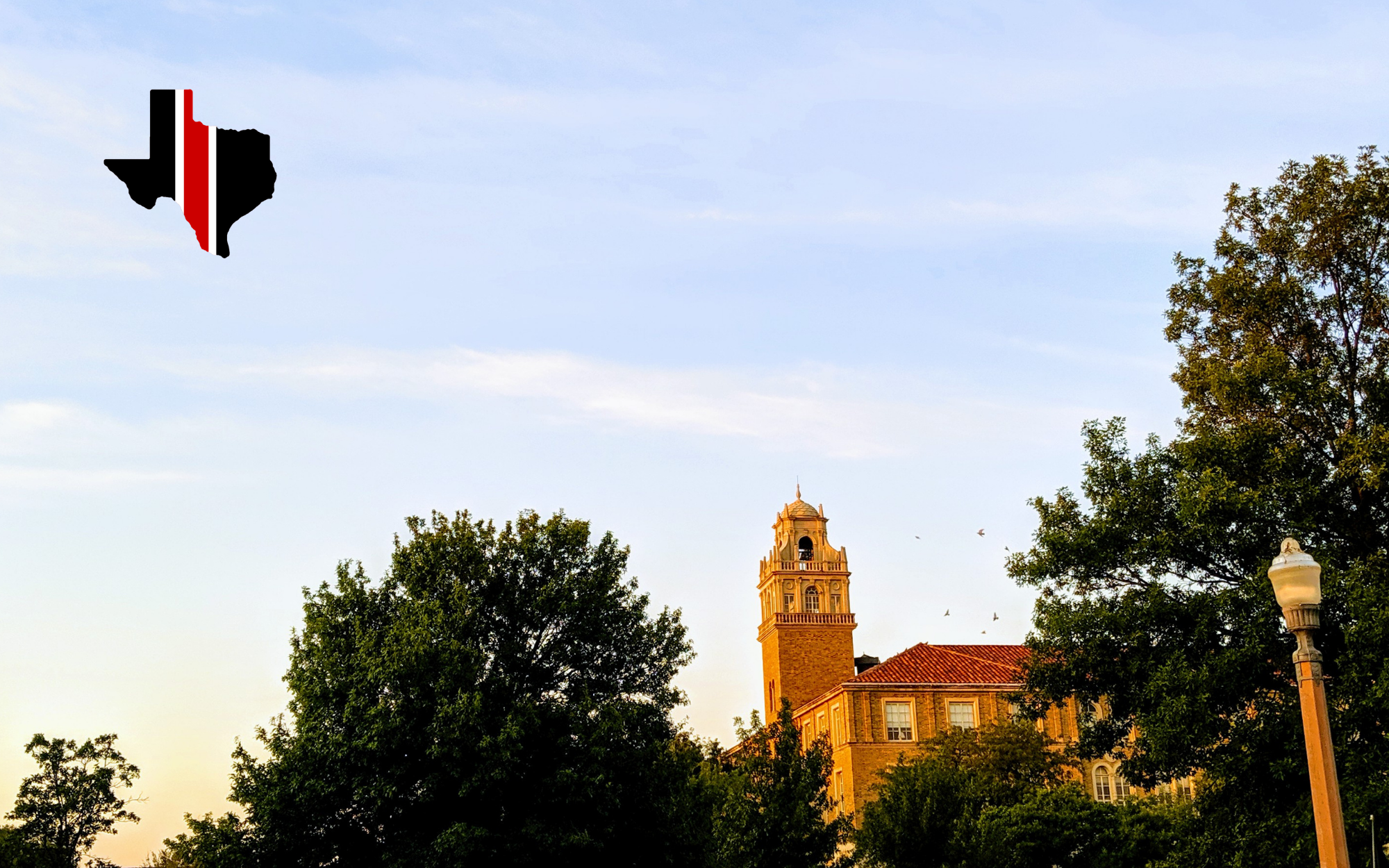 yahoo!sports’ Pete Thamel writes about what he would do if he were the Big 12, including the idea of just doing whatever the Big 12 can do to be relevant is of utmost importance. I sort of agree with that idea of going big:
yahoo!sports’ Pete Thamel writes about what he would do if he were the Big 12, including the idea of just doing whatever the Big 12 can do to be relevant is of utmost importance. I sort of agree with that idea of going big:
West: Boise State, BYU, Colorado State and San Diego State
Midwest: Iowa State, Kansas, Kansas State and Oklahoma State
Texas: Baylor, TCU, Texas Tech and Houston (Tulane could go here if the egos of the Texas schools foolishly block Houston.)
East: Cincinnati, West Virginia, UCF and USF (Memphis could go here if two Florida schools aren’t wanted.)
Again, you could cut this a few different ways, including moving Oklahoma State to the Texas pod (calling it the South region) and then balancing out the Midwest region. Regardless, I think there are answers there and it’s about adding the best teams possible.
I’d also add that Thamel thinks that being unconventional is important, but that the timing of this thing may not be as immediate as you might think:
The league sizes will be modeled out by the Big 12’s television consultants and studied. There’s no clear timing path here, as the Big 12 will prioritize milking every possible penny out of the current deal with Oklahoma and Texas, which could mean four more seasons of playing out the current contract. (It’s unlikely OU and Texas go in the next three years, as CBS would own their best games and no schools would make any more money. If ESPN buys out that CBS deal, things could change.)
The thorny part for the Big 12 is that it’s impossible to predict what the content market will look like four years from now. The supposed revenue geyser of non-traditional streaming services has yet to erupt. But the most important part will be the Big 12 letting partners know it’ll play ball.
The new Big 12 needs to become as attractive to television as possible. It needs to become America’s weeknight, late-night league. It needs to be a last-call hero and the go-to for bettors and football junkies. Luckily, most of the programs already play at a tempo friendly to hitting the over. They need to play any weeknight in any window, and build their programs that way. Embrace the unconventional, it’s a tried and true path to relevance.
 Run It Back With Zach’s Zach Miller started following me on Twitter and had a nice pro and con list for the possible candidates and concludes the following, although the travel for non-football sports may be just as important.
Run It Back With Zach’s Zach Miller started following me on Twitter and had a nice pro and con list for the possible candidates and concludes the following, although the travel for non-football sports may be just as important.
Geography aside, I’d rank these eight schools in this order: BYU, UCF, Boise State, Cincinnati, Houston, Memphis, USF, SMU.
But geography isn’t an aside, especially with the eight current Big 12 schools about to take a revenue haircut when Texas and Oklahoma leave. So it all comes down to how those eight schools want to reshape the conference’s geography, and how much they’re really willing to spend on travel for sports other than football.









